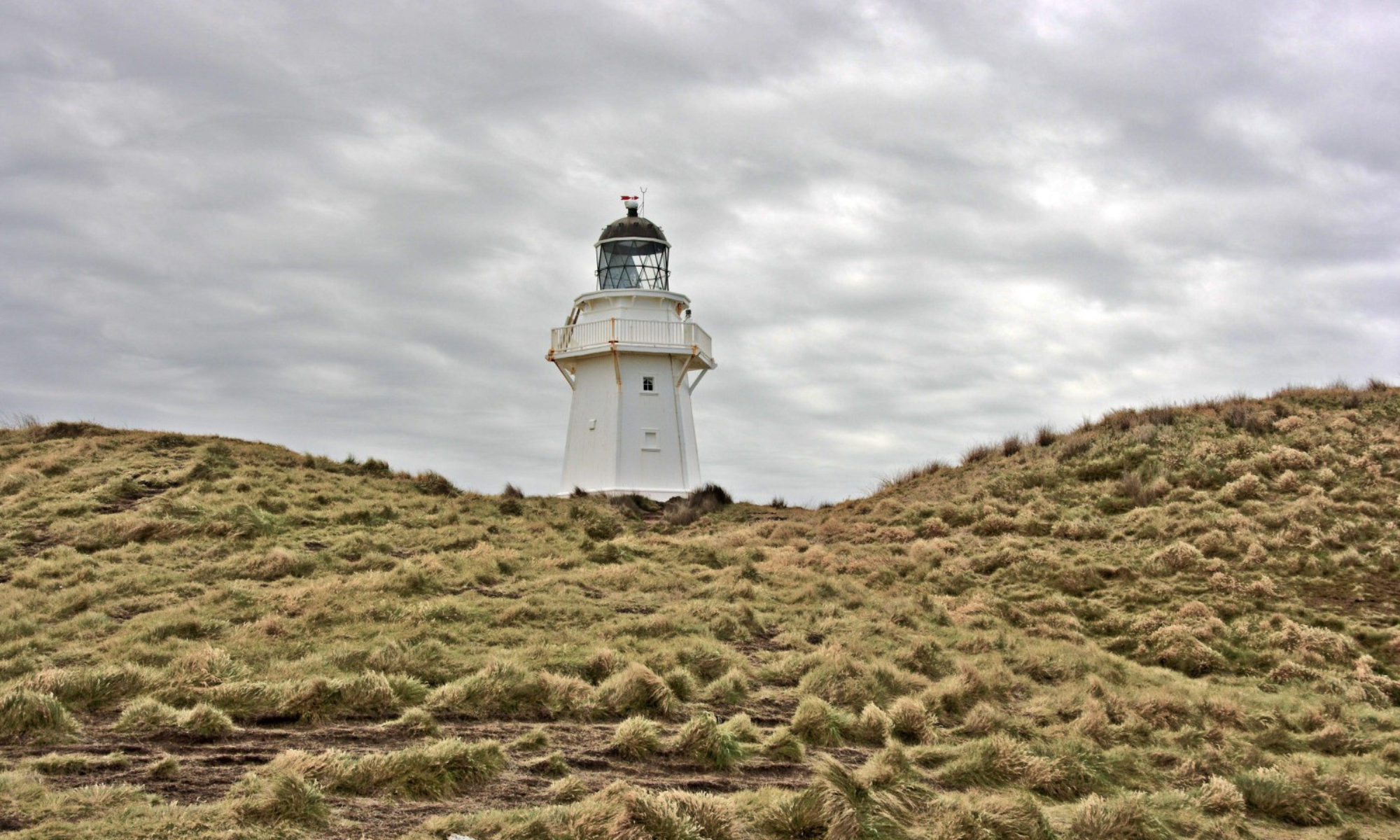Third and last day in the Etosha park. We have a whole day to explore the eastern side of the park today. We start by driving around Fisher pan through beautiful landscapes, but not too many mammals. We see lots of birds though. At some point, we see a car stopped on the side of the road, and a couple looking intensely towards the bush. I don’t know exactly how I can qualify their way of observing as ‘intense’, but you can kind of see their eyes concentrating and brain smoking. We try to imitate them but the object of their attention eludes us. So we ask them. Oh, now that you tell me, I also see this female lion lying under a tree. So we stop for a while and look at the lion. Unbeknownst to us at the time, that is the last lion of our holiday.

We stop for lunch at a very pretty water hole, which also turns out to be very busy. When we arrive, a group of elephants is drinking and many zebras are observing, waiting for the elephant to go away before being able to drink. As we were able to see over the past few days, there is a clear drinking hierarchy at the waterholes. First, size matters, so being an elephant definitely helps. Then the importance goes to horns, and oryxes are well positioned with their impressive horns that even keep the larger zebras away. So unfortunately, the poor springbok with its small horns and tiny body does a lot of watching but not so much drinking.
 Later through the day, we see giraffes drinking at different waterholes. It’s an interesting process, as they need to spread their legs apart so that their heads can reach the water.
Later through the day, we see giraffes drinking at different waterholes. It’s an interesting process, as they need to spread their legs apart so that their heads can reach the water.

At the end of the day, we return to the Mushara bush camp. The dinner is organised outside around a bonfire. It’s beautiful but very cold. There is game meat on the menu, so it seems that we can summarise this trip as: “watch them at the waterholes during the day, eat them at the lodge in the evening.








































